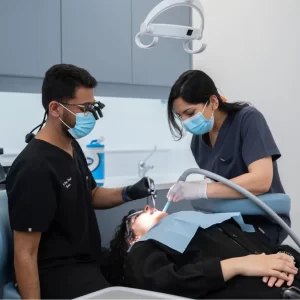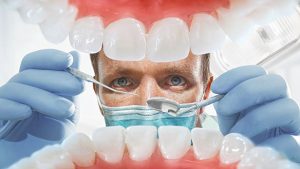Most of the body’s calcium content (99%) is present in the skeleton and teeth; it is an active deposit, because it participates in the regulation of circulating levels of Ca.The circulating Ca is 50% bound to proteins (mainly albumin), 10-15% weakly bound to phosphates, sulphates and lactate, the remaining part is Ca ion free.Only the free form is the one immediately available for the regulation of critical functions such as heart and muscle contraction, the transmission of nerve impulses, blood coagulation calcium score in Wayne.
The regulation of the balance of Ca between intestinal absorption, skeletal mobilization, renal excretion, operated by parathyroid hormone, vitamin D etc., is based on the levels of free Ca.The concentration of total Ca, for the important portion bound, is in relation to the concentration of circulating proteins, in particular of albumin (the increase or decrease of 1 g / dL of proteins is reflected in a consensual variation of about 0.8 mg / dL of total Ca).Bearing in mind this interaction with proteins, an increase in total circulating calcium is observed in the following situations:
hyperparathyroidism due to adenoma of the parathyroid glands or their secondary hyperplasia; tumors with metastatic involvement of the bones; tumors that produce parathyroid hormone; sarcoidosis; Paget’s disease of the bone; bone fractures associated with prolonged immobilization;excessive use of vitamin D, milk and antacids , etc.
A decrease is instead more commonly associated with:
hypoparathyroidism due to surgical removal of the parathyroid glands or radiation therapy; increased phosphates due to renal insufficiency , intake of laxatives, phosphates or magnesium; acute pancreatitis ; intestinal malabsorption (eg celiac disease, pancreatic insufficiency due to loss of calcium bound to fatty acids in the faeces); vitamin D deficiency, rickets; malnutrition .
The measurement of free Ca is used: when the concentration of proteins is strongly altered (eg decreased in chronic renal failure, in nephrotic syndrome, increased in multiple myeloma); when there is an alteration of the acid-base balance (the free share decreases in alkalosis); in the course of major surgical interventions in which large volumes of blood are transfused (which contains citrate, calcium binding, as an anticoagulant), etc.
Hypoparathyroidism
Hypoparathyroidismischaracterizedbyhypocalcemiaandhyperphosphatemiaandoftencauseschronictetany.Hypoparathyroidismisduetoadeficiencyinparathyroidhormone,whichcanoccurinautoimmunediseasesorfollowingtheaccidentalremovalordamageofseveralparathyroidglandsduringathyroidectomy.Transienthypoparathyroidismiscommonaftersubtotalthyroidectomy,butpermanenthypoparathyroidismoccursafter<3%ofsuchinterventionsperformedbyexperiencedsurgeons.



















